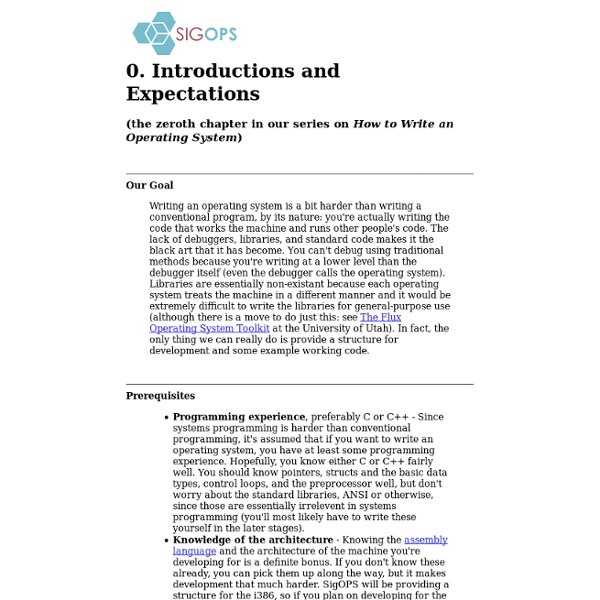



Android Tools Project Site Become a Programmer, Motherfucker If you don't know how to code, then you can learn even if you think you can't. Thousands of people have learned programming from these fine books: Learn Python The Hard Way Learn Ruby The Hard Way Learn Code The Hard Way I'm also working on a whole series of programming education books at learncodethehardway.org. Learn C The Hard Way Learn SQL The Hard Way Graphics Programming Language Agnostic NerdDinner Walkthrough Assembly Language Bash Clojure Clojure Programming ColdFusion CFML In 100 Minutes Delphi / Pascal Django Djangobook.com Erlang Learn You Some Erlang For Great Good Flex Getting started with Adobe Flex (PDF) Forth Git Grails Getting Start with Grails Haskell Java JavaScript JavaScript (Node.js specific) Latex The Not So Short Introduction to LATEX (perfect for beginners) Linux Advanced Linux Programming Lisp Lua Programming In Lua (for v5 but still largely relevant)Lua Programming Gems (not entirely free, but has a lot of free chapters and accompanying code) Maven Mercurial Nemerle Nemerle NoSQL Oberon Objective-C
"Algorithm" is Not a Four-Letter Word step | run | reset | Minecraft Script Pictures Wherein you can see nifty pictures, and read some text too. It's minecraft! Yay! The Code Go to this page if you're interested in the code, so you too can modify your Minecraft save files. Intro So, I realized that there is no combined page for the scripts I've been writing for Minecraft. The Story Beginnings Like many of you, I learned about Minecraft through a link from a blog (I think it was Three Panel Soul). The first script I wrote was a simple interface to edit .mclevel files. Next, I started on a script to convert Dwarf Fortress levels to Minecraft levels. Castles Castles! Over the course of a few weeks, I gradually upgraded the code to allow multiple levels, an offset keep, doors, gatehouses, and towers along the walls. Merging Maps During this whole process, I was becoming familiar with the Minecraft forums and the mapping community. Trees While developing the code for making castles, another thought had been growing in my mind. This is by far my most popular script. City Groundwork
Rosetta Code Tutorial - Learn Python in 10 minutes | Stavros' Stuff NOTE: If you would like some Python development done, my company, Stochastic Technologies, is available for consulting. This tutorial is available as a short ebook. The e-book features extra content from follow-up posts on various Python best practices, all in a convenient, self-contained format. All future updates are free for people who purchase it. Preliminary fluff So, you want to learn the Python programming language but can't find a concise and yet full-featured tutorial. Properties Python is strongly typed (i.e. types are enforced), dynamically, implicitly typed (i.e. you don't have to declare variables), case sensitive (i.e. var and VAR are two different variables) and object-oriented (i.e. everything is an object). Getting help Help in Python is always available right in the interpreter. >>> help(5)Help on int object:(etc etc) >>> dir(5)['__abs__', '__add__', ...] >>> abs. Syntax Python has no mandatory statement termination characters and blocks are specified by indentation. Strings
Free Programming Resources What have you tried? » Matt Legend Gemmell If you’re a developer and you’re about to ask another developer a technical question (on a forum, via email, on a chat channel, or in person), you’d better be ready to answer the question “What have you tried?” This of course isn’t specific to software developers, but that’s my field and it’s thus the area in which I’m most familiar with the issue which motivated me to write this. I’m (sadly) quite sure that it applies to your own industry too, whatever that might be. The thing is, there’s a disease in the software development world; a sort of sickness. Now, a quick clarification before I continue: when I say “new recruits”, I don’t just mean graduates and other young people. The illness, of course, is a flawed approach to solving problems. 1) Can we establish http connection in application. if so, i need that code. So where’s the problem? The problem is that this person’s problem-solving technique is to ask for the solution. Note the second step above. But wait.